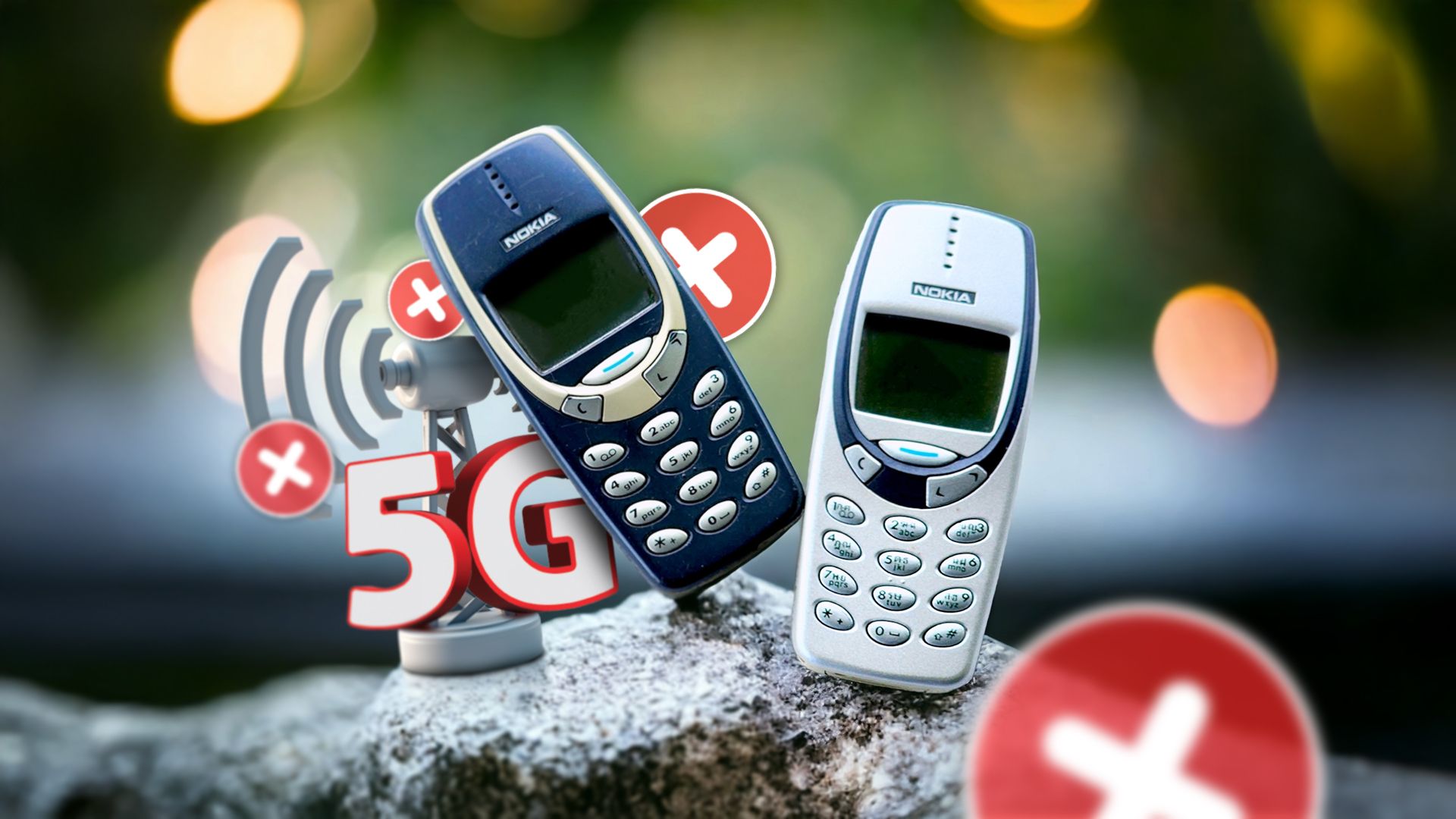If you’ve ever thought about whether popping a modern SIM card into your old phone would connect it to 5G, I’m here to break the bad news: it’s not going to happen. But why?
There’s a lot more to 5G than just faster speeds and a fancy name. It’s a bit like dropping a Blu-ray disc into a DVD-only player and expecting crisp, high-definition video. It’s an extreme example for sure, but it really all comes down to older phones not having the right antennas, radio hardware, or software to use 5G technology. Many newer smartphones from 2019 now have access to 5G.
5G Requires Specialized Hardware
5G is not just a simple software update. It’s called the next-generation network for a reason. It demands specialized hardware—think of it as a completely new language your device needs to speak and understand. Even though 5G can use some of the same frequency bands 4G already uses, it also extends into higher frequencies known as millimeter waves (6G will use even higher frequencies in the future). Those high-frequency signals can handle enormous amounts of data, but only if your phone has the right antennas and modems built to process them, which older phones may not have.
5G also uses advanced communication protocols called 5G New Radio (5G NR). Older devices simply don’t have the internal components to use these signals. Unlike a computer program that can sometimes be updated, a phone’s modem is firmly hardwired. When that hardware isn’t designed for 5G from the start, you’re out of luck.
No software patch can teach outdated hardware how to handle a completely new technology.
There Are Other Physical Limitations of Older Phones
Hardware constraints become painfully clear if you try to use your old phone for 5G. You’d need to swap out antennas, radio chips, and probably even the phone’s processor to handle the extra workload. Remember, these parts aren’t optional add-ons—your phone’s antenna is precisely tuned for specific frequencies, and its modem is locked into the architecture of older networks like 3G or 4G.
You may be tempted to ask whether you can just plug in an external 5G dongle and call it a day. While that sounds great in theory, I’ve never seen a product that makes this practical (for phones, at least), and carrying a bulky attachment might feel like turning your phone into a science project. Plus, newer phones, especially refurbished ones, have become quite affordable over the years.
Why Upgrades Are Necessary
The leap from 4G LTE to 5G isn’t a minor bump in speed—it’s a total overhaul of how phones talk to cell towers. This network upgrade tends to have extremely low latency, letting your phone send and receive information in near real-time. This type of response is especially important for newer tech like self-driving cars, remote surgeries, and virtual reality environments. When I first upgraded to 5G, I saw a huge difference when streaming high-definition video and downloading larger files on my phone. And I can’t see myself ever going back.
Older phones were never built with these possibilities in mind, so they lack both the power and the infrastructure to keep up. Instead of trying to deal with outdated hardware, switching to 5G by buying a new device may be the way to go. Plus, who knows what 6G will hold in the future?
You may have a perfectly good phone that you don’t want to upgrade—and that’s absolutely fine. 5G is great, but 4G isn’t terrible. Plus, there’s always Wi-Fi. However, if you crave faster downloads, smoother streaming, or next-level connectivity, you’ll need a phone that can use 5G.




